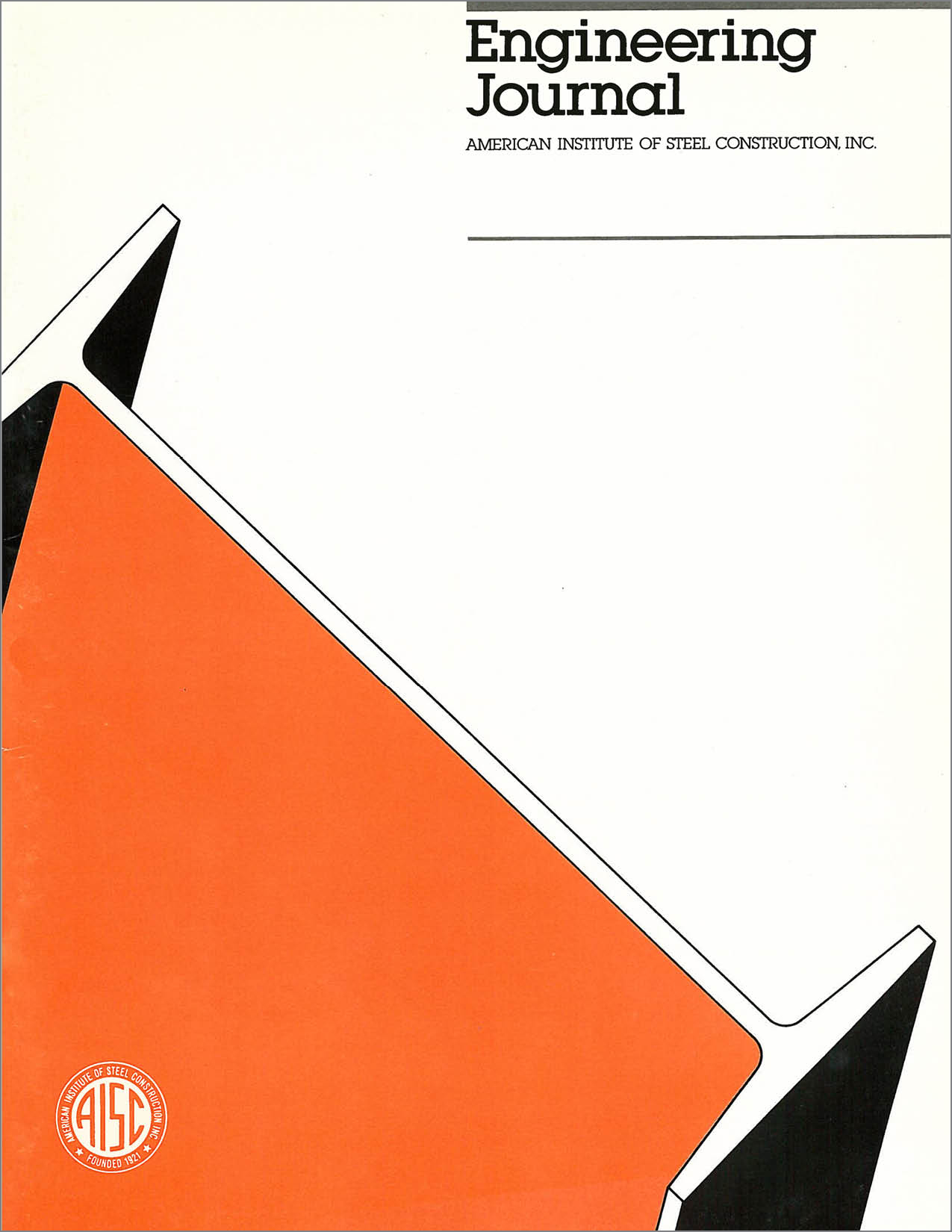Composite Semi-Rigid Construction
DOI:
https://doi.org/10.62913/engj.v31i2.624Abstract
Over the past twenty years several hundred articles on analysis and behavior of semi-rigid steel frames have appeared in the technical literature.1 This body of knowledge indicates that semi-rigid or partially restrained (PR) frames possess many economical, constructional, and technical advantages over rigid frames and frame-shear wall systems. However, it is safe to say that only a small percentage of the literature on this subject addresses design issues directly.2—5 The result is that even though semi-rigid or partial-restraint (PR) connection behavior is recognized and allowed by most specifications, very few structural engineers have made explicit use of them in design.6 In general these few designers possess what are considered advanced analysis and design tools, consisting mostly of computer programs developed inhouse. This situation is beginning to change, however, because advanced analysis techniques7,8 are beginning to be widely discussed and disseminated and public-domain and commercial programs incorporating them will soon be available. This paper describes the development of a particular type of semi-rigid construction which the author and his coworkers have developed over the past 10 years. The paper is divided into three main parts. The first part presents some important considerations on semi-rigid behavior which apply irrespective of the connection type being used. They are included here to illustrate the differences between simple, fully rigid, and partially rigid structures and to highlight their impact on limit states. The second part of the paper deals with the design of semi-rigid structures utilizing the composite action of the floor system.

